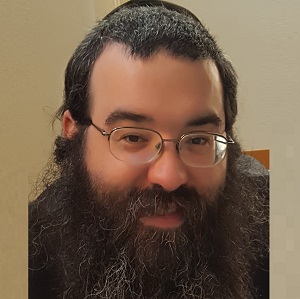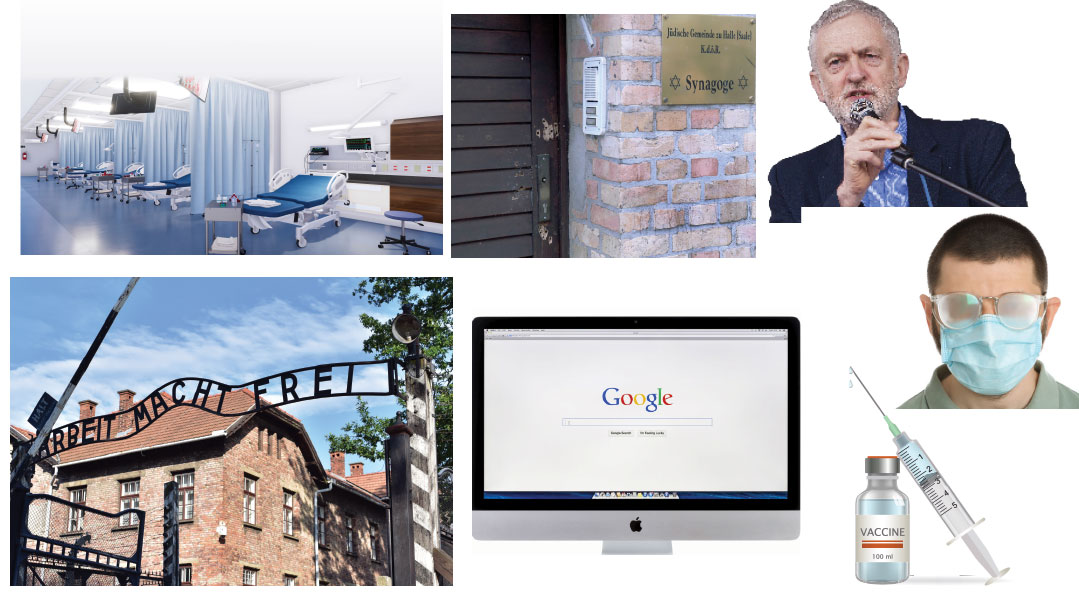Year in Review: Metro and Beyond

5780 was probably the toughest year in decades in the US, but it was also a year full of heroes

A Year of Heroes and Villains
A year’s top stories are eternally doomed to be sad news, it appears. Even a year such as the one ending now, with its septennial Siyum HaShas celebration, must wallow in misery.
The first half of 5780 was enveloped in an ever-faster whirl of hate, anti-Semitic outbursts, and actual violence that culminated in a terrorist attack in Jersey City and a fatal stabbing at a Monsey Chanukah tish. Even without those massacres, the Anti-Defamation League marked 2019 as the year of the most anti-Semitic activity in America in its century of existence.
This past year was witness to what no eye should see: vicious assaults on Jews on the streets of Brooklyn, official bodies accusing Jews in Rockland County of “plotting a takeover,” portrayals of the yeshivah education system as fostering ignorance, a tsunami of atrocious online comments wishing the very worst on Jews, county executives and village mayors openly conspiring on how to legalize Jews off their lawns — it seemed things couldn’t get worse.
But they did. The coronavirus, which crept out of a bat or pangolin at a Chinese seafood market, pounced with ferocity on New York. By the time it moved on, more than 25,000 lives had been lost.
The pandemic took a terrible toll on the Orthodox community. Around a thousand frum Jews were niftar in New York and New Jersey, most in the space of a few horrific weeks in April when every day brought its heartrending updates. The most renowned of the victims was the Novominsker Rebbe ztz”l, the nasi of Agudath Israel and a gadol who had a hand in virtually every happening in America’s Torah world.
The virus’s adverse spin-offs contained their own traumas. For the first time since the Torah world found a home in the Land of the Free, shuls and yeshivos were shuttered and people who hadn’t missed a minyan in living memory were forced to daven at home. Chasunahs were tiny backyard affairs and communal life ground to a halt. With stores closed for months, many lost their investments of a lifetime, never to be recouped. Even now, politicians speak of months until the return of normalcy.
Yes, it was an eventful year.
Forecast
The political climate in New York State over the coming year will be heavily influenced by the outcome of the presidential election. If President Trump wins, expect the following months to be dominated by a federal inquiry into the conduct of Governor Andrew Cuomo.
Anywhere between 6,000 and 11,000 elderly people died in nursing homes across the state, and an investigation is already underway into why it happened. The Justice Department has issued a data request from the governor, who dismisses it all as a “witch hunt” that he will not cooperate with.
Cuomo’s hopes of averting the consequences of New York’s tragedy are pinned on a Biden victory in November.
Stat of the Year
30 million
The number of meals distributed by yeshivos in New York state during the months of April, May, and June when children were homebound and the federal government subsidized food distribution for families.
Regrettable Trend
Rarely have politicians taken up campaigning and left off governing to the extent seen in recent months.
The pandemic was hard on everyone, but Mayor Bill de Blasio incessantly exploited it to excuse rioting, assaults on police, and a crime rate not seen in years. Instead of using the NYPD to restore order, he ordered officers to stand down as looters rampaged through Midtown Manhattan. Eventually, public outrage persuaded de Blasio to take action, but his ego was too inflated at this point to make an about-turn. Instead of pumping resources into the police force, he defunded the NYPD by $1 billion, leading to a record increase in crime. Instead of accepting President Trump’s offer of federal troops, he headed to Trump Tower and participated in painting a giant “Black Lives Matter” mural outside.
Reframe of the Year
“If anyone is machmir every year not to sell chometz gamur, this year he should be machmir to sell chometz gamur. Now you’re going to be machmir on pikuach nefesh.”
—Rav Moshe Tuvia Lieff, rav of Agudas Yisroel Bais Binyomin in Flatbush, telling Mishpacha what he advised his kehillah this past Pesach
Bright Spot
Somewhere between the attacks and the pandemic, Klal Yisrael celebrated a Siyum HaShas that brought 100,000 people together. According to Rabbi Avrohom Nisan Perl, director of Agudah’s Commission on Torah Projects, there are 1,068 daf yomi shiurim in the United States, and an estimated 50,000 people started Maseches Brachos on 8 Teves.
Heroes of the Year
5780 was probably the toughest year in decades in the US, but it was also a year full of heroes:
- Hatzolah members, many of whom were sick themselves, who rapidly developed a method for keeping patients home and popping in for daily checkups — which saved countless lives.
- Rebbeim and morahs who swiftly adapted to the new conditions and used telephone wire and video conference to create classrooms.
- Mommies who adjusted to the fresh job thrown at them — bringing school into their homes. Somehow they found quiet corners and phone lines for each child and enabled them to continue learning.
- Staff at yeshivos and schools who responded to the needs of the day and organized food distribution for hundreds of thousands.
(Originally featured in Mishpacha, Issue 828)
Oops! We could not locate your form.







Comments (1)